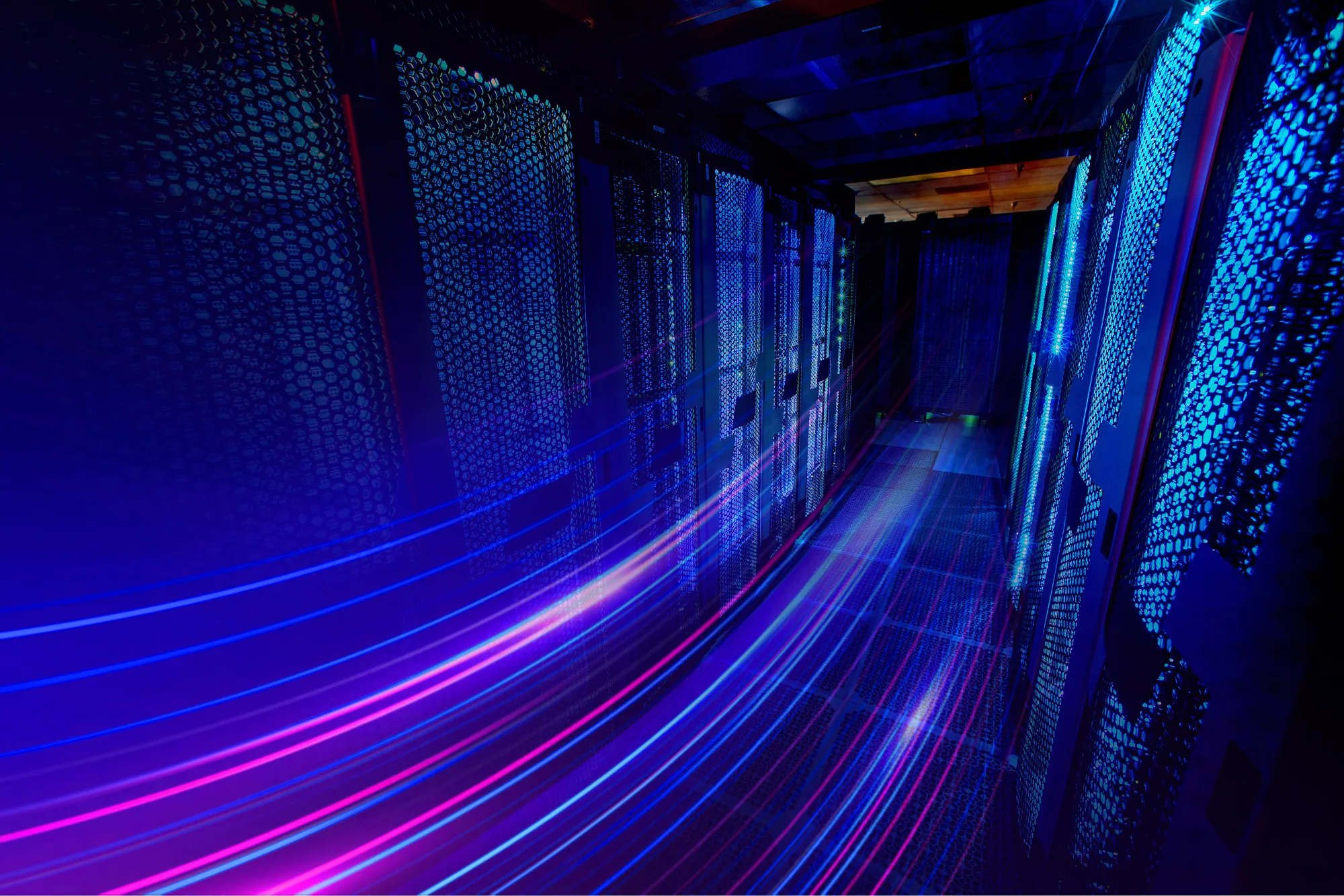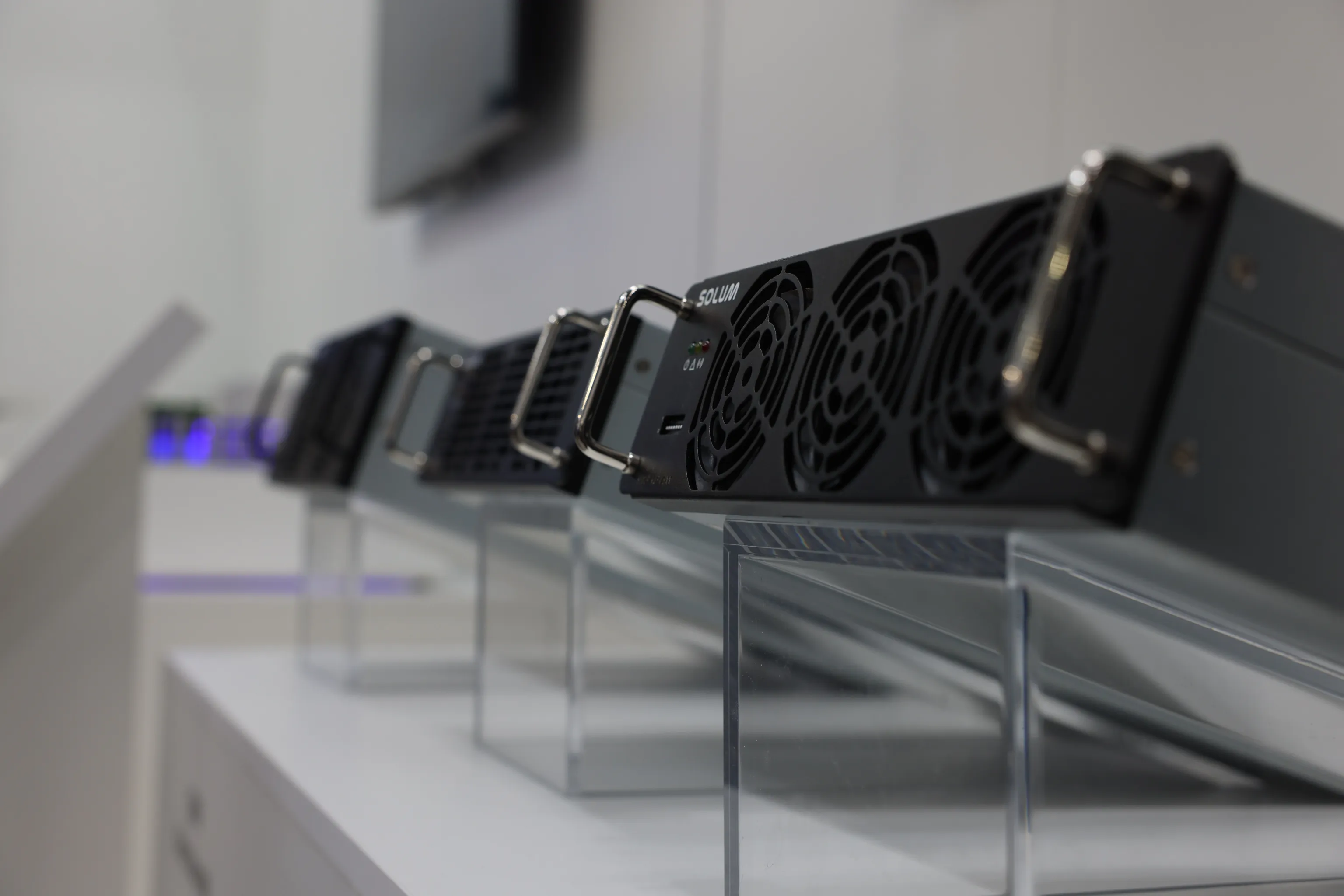Common Power Problems with Server Power Supplies
A power supply unit (PSU) or server power keeps computer systems running. It’s a crucial part of systems such as data centers, networking switches, servers and routers, and other telecommunications systems used by various businesses across industries. This includes technology companies, financial institutions, healthcare providers, government agencies, industrial companies, and more. This is why it’s important for businesses and organizations to regularly check their server power supplies, maintain them, and anticipate certain power problems that might disrupt operations and stability.
A power supply unit (PSU) is a critical component of computer systems and servers. While it doesn’t supply the actual power, it converts the power for the systems.
Its primary function is to convert alternating current (AC) from the electrical outlet into direct current (DC), which is suitable for powering the various components within the system. PSUs come in different form factors, capacities, and efficiency ratings, but they all perform the same basic function.
Some of the main aspects and functions of a power supply unit include AC to DC-conversion, voltage regulation, output connection, wattage and efficiency rating, cooling, protection, and more.
What are the most common power problems with the server power?
More often than not, power problems will still occur from time to time and outside of one’s control. Regular monitoring and maintenance are what will keep businesses’ servers and data centers from crashing and shutting down.
Here are the common power problems with server power supplies:
#1 Power outages
Causes: Power outages can occur due to various reasons, such as electrical grid failures, tripped circuit breakers, or unplanned maintenance by utility companies. It can also occur due to severe weather conditions like storms or hurricanes, and accidents like vehicle collisions with power poles.
Impact: Power outages can lead to immediate downtime for servers, resulting in disruption of services, loss of productivity, and potential data corruption or loss. If systems aren't backed up by uninterruptible power supplies (UPS) or redundant power sources, this will lead to an immediate shutdown.
#2 Lack of or failure of regular updates
Causes: Lack of regular updates can occur because of manual errors. It can also be because of old hardware that will not be able to keep up with new firmware updates.
Impact: Servers that continue to run with outdated firmware may develop performance issues, slowed-down bandwidth and connections, and other issues that will snowball into bigger power problems.
#3 Voltage fluctuations
Causes: Voltage fluctuations can result from instability in the supply voltage from the electrical grid, power surges, line impedance fluctuations, changes in the load demand on the electrical system, and other fluctuations caused by other equipment sharing the same power source.
Impact: Fluctuations can stress server components, leading to reduced lifespans or sudden failures. They can also cause system instability, data corruption, and damaged server components.
#4 Brownouts
Causes: Brownouts occur when there's a temporary drop in voltage levels due to high demand on the electrical grid or certain faults in the distribution system.
Impact: Brownouts can cause servers to operate erratically, leading to system crashes, data corruption, hardware damage, or servers to shut down unexpectedly.
#5 Dust and temperature irregularities
Causes: Irregular maintenance and cleaning of data centers or server rooms will cause dust buildup or temperature irregularities. Excessive or harsh temperatures might also occur, as well as excessive moisture.
Impact: Dust buildup and temperature irregularities might lead to degradation of server performance, slow connections, hardware malfunctions, and more. Of course, this will also lead to irregular downtimes and create a dangerous workplace for the employees.
#6 Electromagnetic Interference (EMI)
Causes: EMI, or electromagnetic interference, can be generated by nearby electrical equipment, radio transmitters, or other electromagnetic sources.
Impact: EMI can disrupt the proper functioning of server components, causing errors, performance degradation, or data loss. These abrupt changes and errors can cause additional downtime, maintenance, and irreversible loss for a business.
#7 Overloading circuits
Causes: Overloading circuits can happen when too many devices or computer systems are connected to a single circuit, exceeding its rated capacity.
Impact: Overloading circuits can cause overheating, voltage drops, or circuit breakers to trip, resulting in downtime and potential damage to servers and other equipment. It can also lead to electrical fires, which can endanger lives and damage property.
These are just some of the most common power problems among servers. Businesses will need to study how to avoid these problems and implement the best practices.
What to prevent server failure or power problems?
To mitigate these power problems, data centers and server rooms will need to employ various solutions. Preventing server failure or power problems requires a proactive approach and the implementation of various strategies.
Here are several key steps you can take to prevent server failure and minimize the impact of power problems:
Implement Redundancy
Redundancy is crucial for preventing single points of failure. Implement redundant power supplies, network connections, storage devices, and other critical components to ensure continuous operation even if one component fails.
Use Uninterruptible Power Supplies (UPS)
Install uninterruptible power supply systems to provide backup power during outages and fluctuations in the main power supply. UPS units help prevent downtime by allowing servers to continue operating until full power is restored or they can be properly shut down.
Regular Maintenance
Perform routine maintenance on servers and power infrastructure. This is to identify and address potential issues before they cause bigger problems. This includes cleaning components for dust and dirt, checking for loose connections, updating any necessary firmware, and replacing worn-out parts.
Monitor Power Consumption
Monitor power consumption levels to ensure that servers and other equipment are not exceeding the capacity of the power supply infrastructure. Implement power management tools to optimize power usage and reduce costs. Having energy-efficient practices in place can also help monitor and enhance power consumption.
Implement Surge Protection
Install surge protectors or surge suppressors to safeguard servers and other sensitive equipment from power surges and spikes. These devices can divert excess voltage away from the equipment and prevent any damage.
Utilize Environmental Controls
Maintain appropriate environmental conditions in server rooms or data centers to maintain optimal performance. This includes temperature and humidity levels that will stabilize the performance and reliability of server hardware.
Implement Power Management Policies
Develop and enforce power management policies to regulate the use of server resources. This can also minimize energy consumption during periods of low activity. This can help extend the lifespan of hardware and reduce operational costs for businesses and organizations.
Regular Testing and Disaster Recovery Planning
Conduct regular testing of backup systems, including UPS units and disaster recovery procedures. This will help ensure they are functioning correctly and that there are no underlying issues. Develop comprehensive disaster recovery plans to minimize the impact of unforeseen events, such as power outages or hardware failures.
Employee Training and Awareness
Train employees on best practices for server maintenance, power management, and emergency procedures. Promoting awareness of potential risks is also crucial. Empower staff so they know how to respond effectively to power problems.
Invest in Quality Power Supply Units such as SOLUM Server Power
It’s also important to use high-quality server hardware components. This, of course, includes power supplies that are designed for reliability and durability. An example would be the Server Power from SOLUM Group.
SOLUM Server Power is a line-up of power supply units in various form factors for server, high-power computing, and networking applications. SOLUM Group developed reliable PSUs that will deliver maximum power. Compliant with 80 Plus Platinum and Titanium efficiency standards, SOLUM Server Power can provide optimized and uninterrupted power flow for server rooms, data centers, and more. It also includes a compact high-density design, high power efficiency, multi-output design, hot-swap N+1 redundancy, a dual rotor fan for efficient cooling, Power Management Bus (PMBus®) support, and PSMI protocols for easy power supply control and management. With this efficient power solution, businesses stay powered and connected.
Do you need a stable and uninterrupted power supply that can solve and avoid your server power problems? SOLUM can help! Talk to SOLUM Group experts now and see how SOLUM Server Power can empower your business and people.











